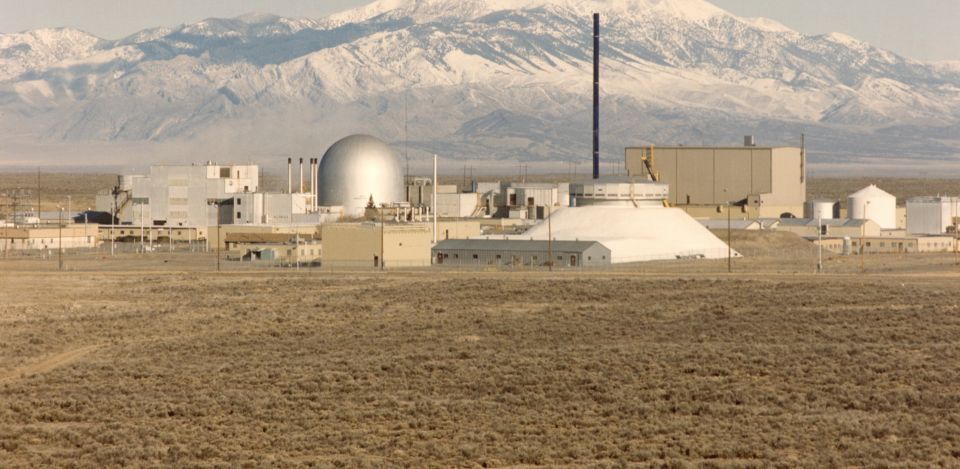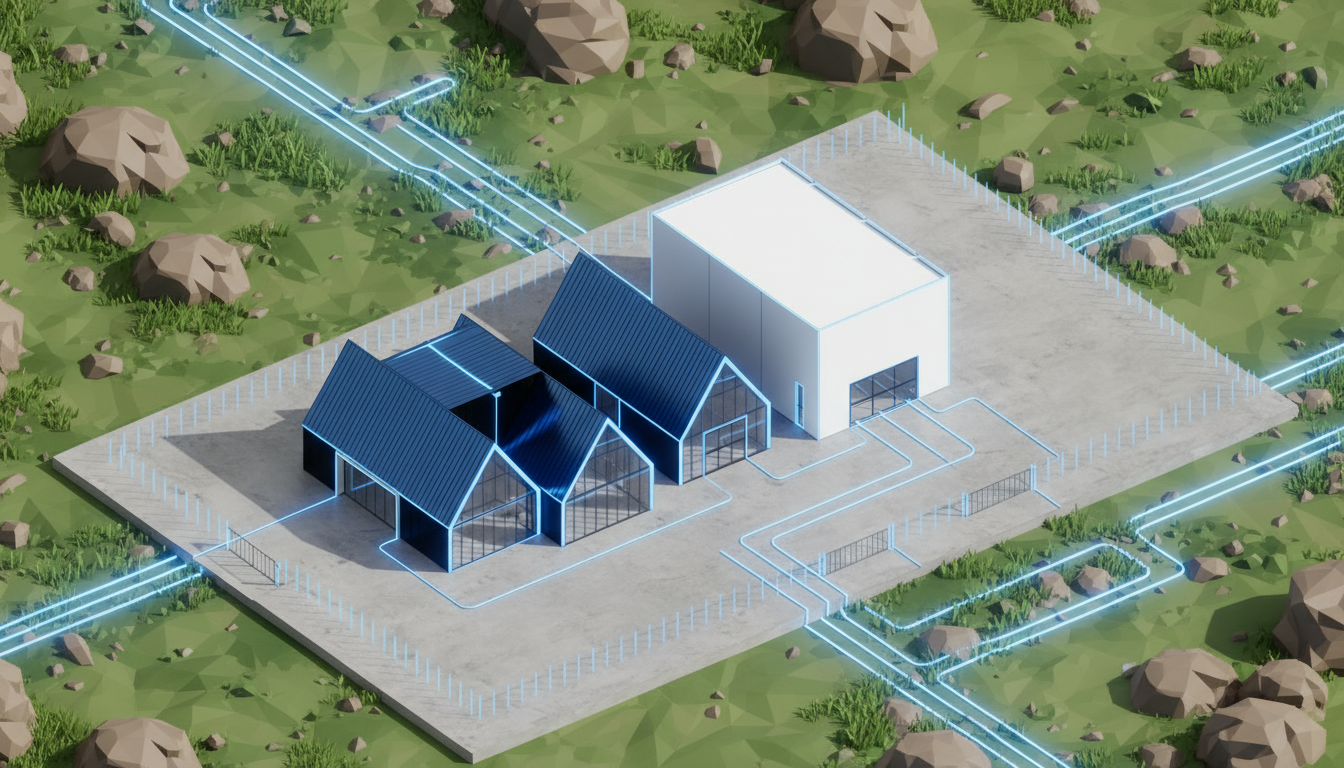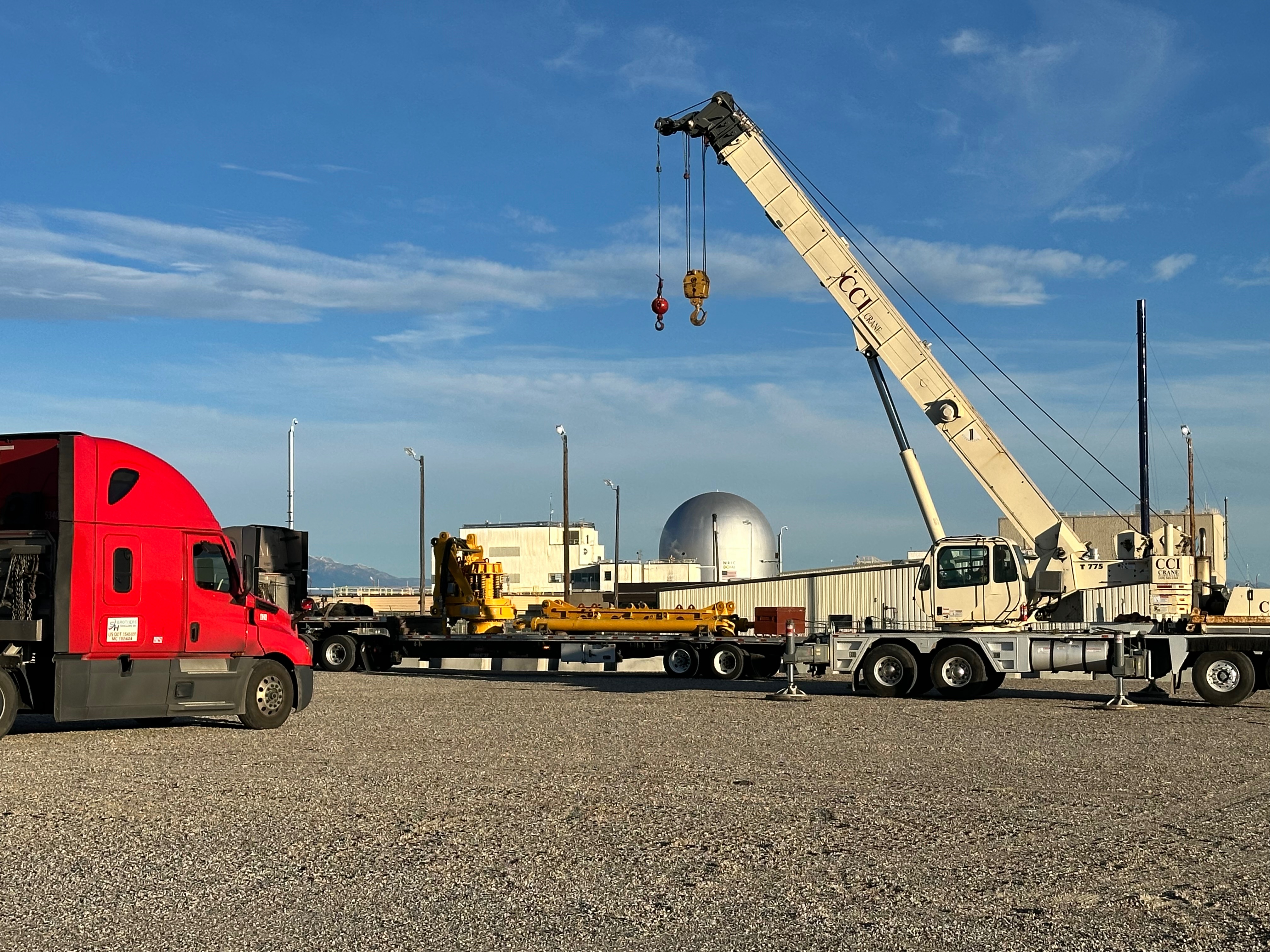Aalo Completes Preliminary Design Review for Aalo-X

This past week, Aalo completed its Preliminary Design Review for Aalo-X, its experimental nuclear reactor, with independent reviewers from the Department of Energy (DOE), Nuclear Regulatory Comission (NRC) and others. The presentations covered the gamut of Aalo’s plans to build and safely operate Aalo-X.
Over 20 reviewers listened to two days of presentations, asked questions, probed for weak spots, and gave feedback to our team on where we can improve our operations to exceed regulatory standards for quality and safety. Aalo-X is being authorized by DOE, and regulators from the NRC also attended the review as observers.
We’d like to share a brief description of each of the presentations so that you can get a sense for the depth and rigor in our approach.

Ensuring Safe Criticality
Aalo shared its approach to establishing the organizational protocols to enable complete regulatory oversight.
Yasir Arafat, Chief Technology Officer, presented the overall scope of Aalo-X and how it relates to Aalo’s reactor development program.
Richard Williams, Director of Engineering, shared the Aalo-X site plan, construction timeline, and provided an overview of key requirements and reactor subsystems.
Partha Chandran, Regulatory Affairs Manager, presented on the DOE authorization pathways. This work is about building clear and traceable crosswalks between industry and regulatory safety conventions and Aalo’s actual reactor systems and the data packets that document their functions and histories, over the course of design, manufacturing, construction, and operations.
Michael Kim, Systems Engineer, presented Aalo’s strategy for doing requirements management. His work involves capturing all system, module, and component requirements. This enables us to ensure all requirements are correct, complete, and verifiable. Philosophically, Aalo does this by implementing a top-down approach that sets all requirements to be bi-directionally traced.
Jared Fraisure, Principal Process Engineer, presented on Aalo’s technology maturation plan.

Subsystem and Safety Analyses
Many presenters dove into details of reactor subsystems and explained how they proved that their systems had robust safety margins.
David Jaluvka, PhD, Safety Analysis Manager, presented on shielding. He shared analysis that showed how shielding around the core would sufficiently dampen radioactivity emanating from a nuclear reaction to protect workers in the facility and keep dose limits below industry and regulatory standards.
Firas Abdullaf, PhD, Nuclear Engineer, presented the reactor physics analysis for Aalo-X. His work simulates how the reactor core behaves under both normal operation and potential accidents. The analysis covered the neutronics and reactivity control, demonstrating that the reactor's safety parameters meet design expectations.
Kerwin Gonzalez, Mechanical Engineer, presented on mechanical design of the core and fuel assembly. His work includes finite element analysis (FEA) used to predict how the core would behave under real-world conditions of heat, stress, and vibration.
Russell Rowland, Manufacturing Engineer, presented on fuel assembly manufacturing process. His work plan ensures fuel is assembled to required specifications, and covers worker safety and preventing contamination.
Carlo Parisi, PhD, Thermal-Hydraulic Team Manager, presented a thermal-hydraulic analysis of an unprotected transient over power for the core of Aalo-X as it is currently configured. Unprotected in this context means there is no feedback from the Reactor Protection System; it’s like simulating a sabotage — a bad guy takes control of the reactor and quickly pulls the control rods out. What happens then? His analysis shows that the reactor can self protect because of an intrinsic negative reactivity feedback mechanism.
Kyle Francis, Mechanical Design Engineer, presented on the design of the vessel, core support structure, and the primary closure flange. These are all components that were designed to ASME Pressure Vessel Code Section 3; and these help form the containment for Aalo-X. His calculations prove that by building these components to code, structural integrity will remain under normal and abnormal conditions.
Amos Brown, Senior Control Systems Engineer, presented the systems design for electrical, instrumentation, and controls systems. This includes the design of the control rods, which provide safety functions to shut down the reactor if necessary.
Brian Tusa, Mechanical Engineer, presented specifically on the control rod drive mechanisms and their safety characteristics. His work is on ensuring that control rods insert in all normal conditions as well as in any potential accident scenario (seismic events, power loss, etc).
Andrea Jokisaari, PhD, Principal Materials Engineer, presented on fuel and moderator qualification. The qualification process for criticality is intended to ensure we’re hitting our safety functions for fuel and moderator system. Her work showed that we keep large margins to failure even in possible accident conditions—in other words, the fuel and moderator stays below failure limits.
Risk Mitigation and Quality Control
Still more presentations focused specifically on risk mitigation and quality control.
Egemen Aras, PhD, Probabilistic Risk Assessment Engineer, presented Aalo’s hazard identification and evaluation methodology, that includes identification of plant operating states, defining initiating events, showcasing screening criteria and approach to failure modes and effect analysis. The goal is to make sure that the design is safe and sound during all plant operating states.
Kurt Vedros, Risk and Reliability Engineer, presented External Events Probabilistic Risk Assessment on seismic, wind, and both internal and external fire events.
Efe Kurt, PhD, Civil/Structural Engineer, presented on the site’s natural phenomena hazards. His work identifies and evaluates the design basis for seismic, high wind, volcanic activity, and other natural conditions.
Partha Chandran, Regulatory Affairs Manager, presented on design basis accident identification and hazard controls, systems, structures, and components (SSC) classification. He also described Aalo's strategy for defense in depth. His work details how Aalo will implement multiple layers of defense to protect against a host of potential accident scenarios.
Wheeler Gibson, Head of Manufacturing, presented on Aalo’s manufacturing facility. His presentations summarized Aalo’s capabilities in the factory, and its progress getting certified to meet industry codes and standards for manufacturing quality, including ASME stamps and weld qualifications.
Les Taggart, Director of Quality Assurance, presented the Aalo Atomics quality assurance program, reinforcing our commitment to meeting industry codes and standards, regulatory requirements, and NQA-1.
Scott Eherts, Sr. Supply Chain Manager, presented on Aalo’s procurement strategy. He described how procurement processes are being designed to ensure material traceability and the state of procurements for Aalo-X.
Hill Garbo, Operations Manager, presented on Aalo’s safety, programs—including operations, training, maintenance, and procedures—which are required for Aalo to start up the Aalo-X reactor.
Asmaa Farag, Nuclear Safety and Risk Engineer, presented on radiation dose to workers and to the public during potential accident scenarios. This ensures that even in accident scenarios, we are compliant to regulatory limits.
Taking on the Challenge
One of our values at Aalo is transparency. We feel we have a responsibility to inform the public of our ongoing progress, because the public is a stakeholder in nuclear energy, too.
Building provably safe nuclear reactors to exacting regulatory standards is a mammoth challenge. We are lucky to have an unbelievably talented team taking on every dimension of this task.
We’re excited to share more on this soon.

Related updates






